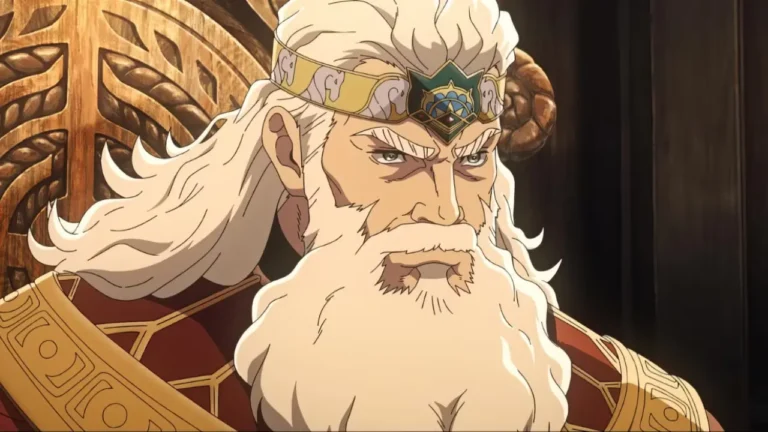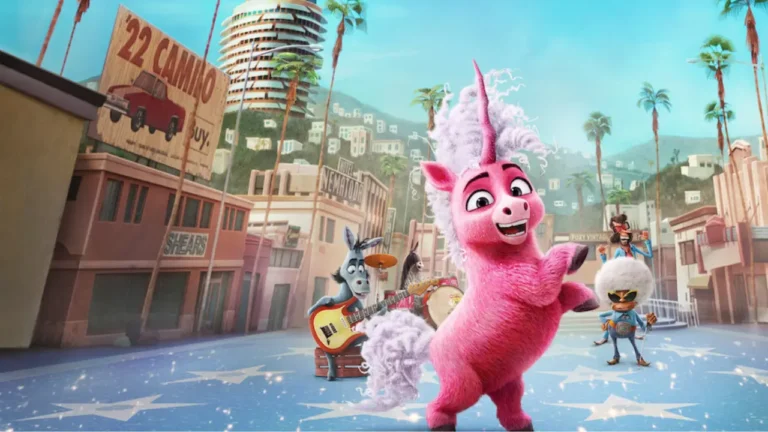
Ghost in the Shell 2: Innocence (known simply as Innocence in Japan) is the sequel to the famous 1995 anime Ghost in the Shell. This film was made by Production I.G and Studio Ghibli. It had a big budget of around $20 million and pushed the limits of animation, combining traditional anime with computer graphics. The film is a visual and philosophical journey, building on the themes of its predecessor.
Ghost in the Shell 2: Innocence is a beautiful and thought-provoking anime that builds on the world created in the first film. It asks big questions about artificial intelligence, human consciousness, and the line between humans and machines.
Although it may be harder to follow than the original, its stunning visuals and deep themes make it a must-watch for fans of the first movie or those who enjoy thoughtful sci-fi.
Plot Summary
Set in the year 2032, the story follows Batou, a cybernetic agent, and his mostly human partner, Togusa, as they investigate a series of mysterious deaths caused by malfunctioning gynoids (robots designed to look like women). These robots, meant to be used as sex dolls, have been turning violent. As Batou and Togusa dig deeper, they uncover a dark conspiracy involving the illegal use of human consciousness in these machines.
Unlike the first film, which focused more on Major Kusanagi, Innocence centers on Batou. The Major appears briefly but still plays a key role in helping Batou solve the case. Their relationship adds emotional depth to the story, especially since the Major now exists as part of the digital network rather than in a physical body.
Visuals and Soundtrack
Visually, Innocence is stunning. The film uses a mix of traditional anime and CGI to create a futuristic world filled with intricate details. From neon-lit cities to eerie robot factories, the world of Innocence is both beautiful and unsettling. One particularly memorable scene involves Batou and Togusa visiting the mansion of Kim, a hacker obsessed with dolls. The eerie, surreal environment makes this scene stand out.
The music, composed by Kenji Kawai, is haunting and atmospheric, mixing traditional Japanese sounds with modern electronic beats. The choir music adds a spiritual feel, enhancing the film’s emotional impact.
Themes and Philosophical Questions
Innocence explores deep philosophical questions about artificial life and human identity. It asks what it means to be human in a world where machines can think and feel like people. The robots in the movie, especially the gynoids, raise ethical concerns about creating life and giving machines human consciousness.
One of the darkest twists in the film is the revelation that LOCUS SOLUS, the company making the gynoids, has been trafficking the consciousness of young girls, using their “ghosts” (souls) to make the robots seem more human. This chilling discovery makes viewers think about the morality of such actions, blurring the line between human and machine.
My Opinion
After watching both Ghost in the Shell and Innocence, I found the sequel to be visually incredible but more difficult to understand than the first movie. While the first film focused more on Major Kusanagi’s personal struggle, Innocence goes deeper into philosophical discussions, which can sometimes be hard to follow. However, the film’s complexity makes it more rewarding when watched again.
I enjoyed seeing Batou as the main character. His emotional journey, dealing with loss and confusion in a world full of machines, made him relatable. While Major Kusanagi’s appearances were brief, they added a sense of mystery and connection between the two characters.
Some viewers might find the film slow because of its deep themes and dialogue-heavy scenes. However, I appreciated how the movie challenges you to think, even if the balance between action and philosophy wasn’t as smooth as the first film.



